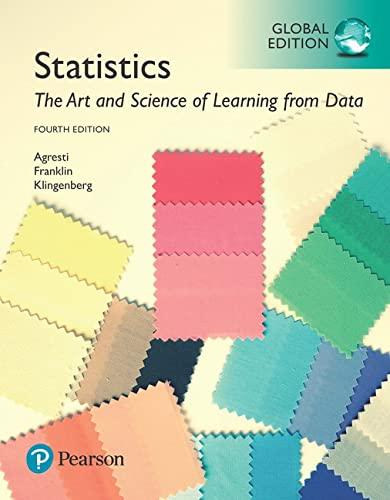5.65 Probability of winning In Example 16, we explored the number of rolls it takes to win...
Question:
5.65 Probability of winning In Example 16, we explored the number of rolls it takes to win the game. In reality, it’s not the number of rolls but rather the time it takes to move 12 spaces that dictates who wins the game. Consider two alternative strategies for playing the game. The first strategy, let’s call it the aiming strategy, uses the probabilities given in Example 16 and takes 4 seconds to roll each ball.
A second strategy is to roll the ball in rapid succession.
The rapid-succession strategy takes only 3 seconds to roll each ball; however, the probabilities of landing in the holes become 50% for red, 20% for yellow, 10% for green, and 20% for no holes.
a. Using the results of the simulations from Example 16, calculate the time to finish each game, using the aiming strategy. Assuming that your competitor also takes 4 seconds per roll, determine whether you beat him for each race. Estimate the probability of beating him.
b. Using the rapid-succession strategy, simulate another 20 games. For each one, calculate the time to finish the race and determine whether you would beat the competitor.
(The competitor continues to use the aiming strategy, taking 4 seconds per roll.) Estimate the probability of beating him by using this strategy.
c. Which strategy should you choose to maximize your chance of beating the competitor?
Step by Step Answer:

Statistics The Art And Science Of Learning From Data
ISBN: 9781292164878
4th Global Edition
Authors: Alan Agresti, Christine A. Franklin, Bernhard Klingenberg






